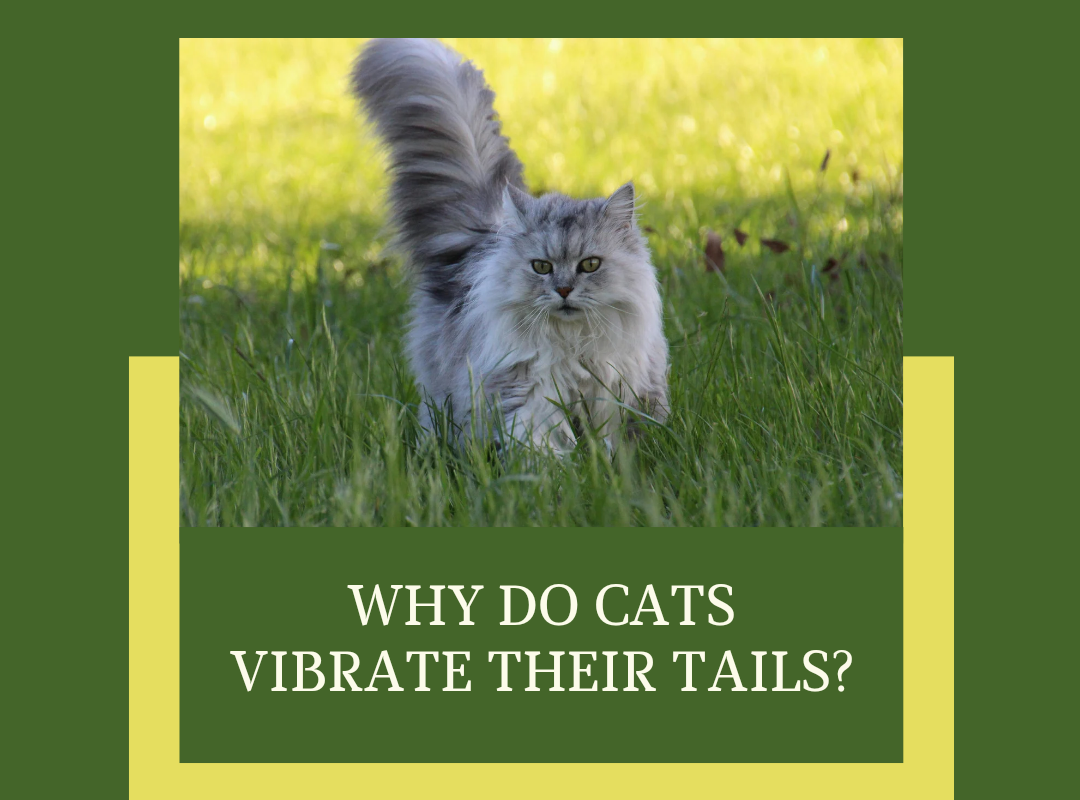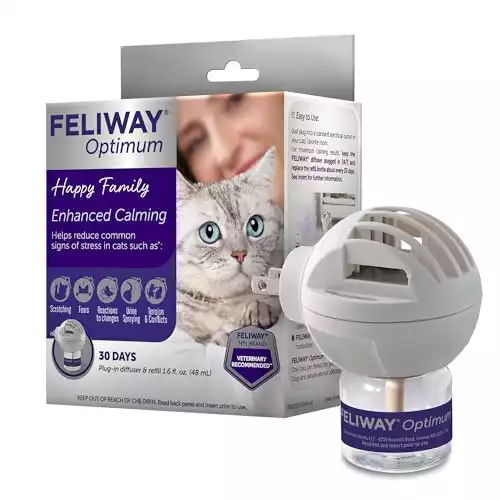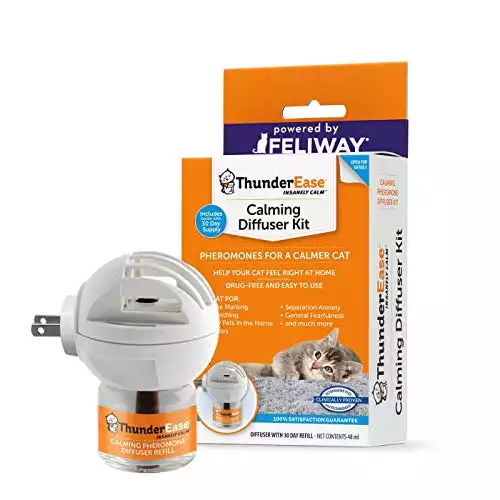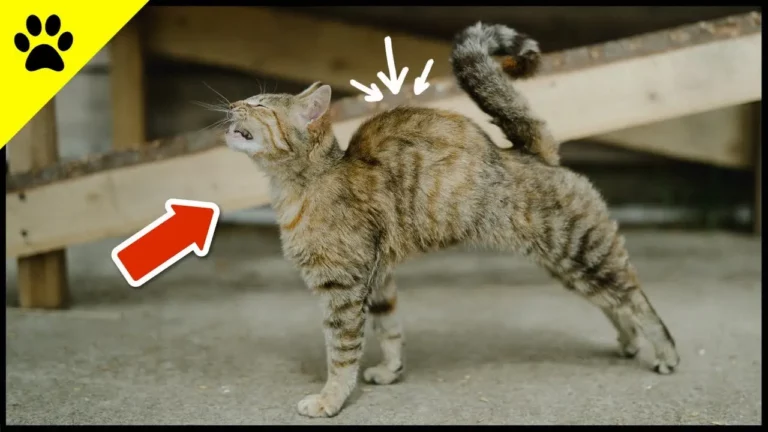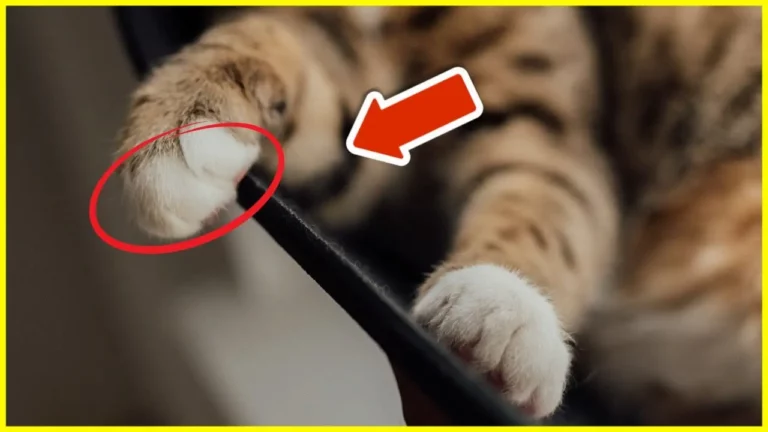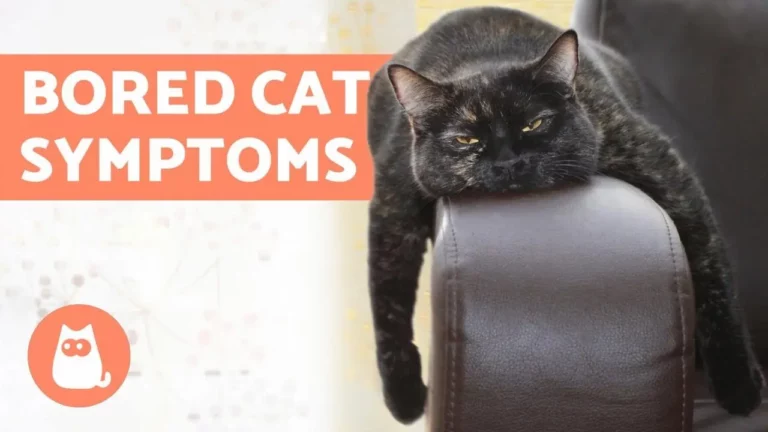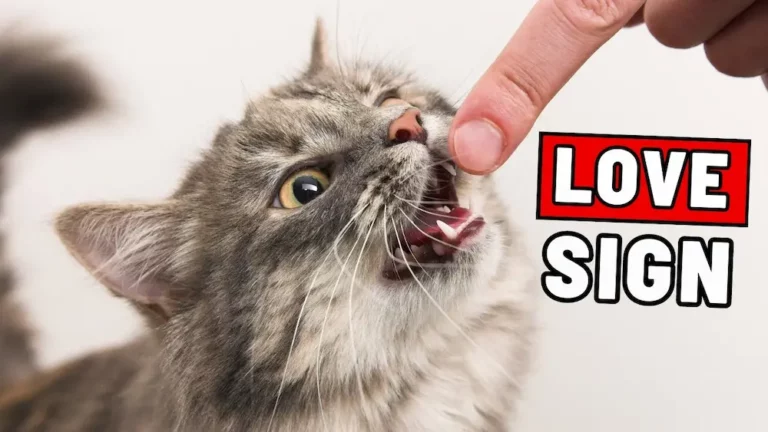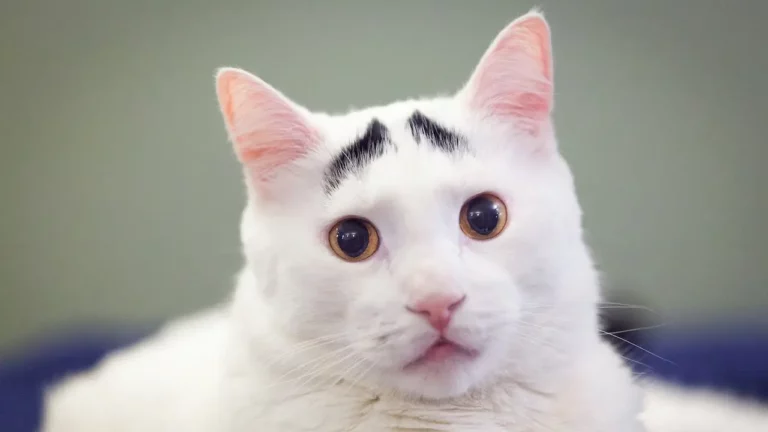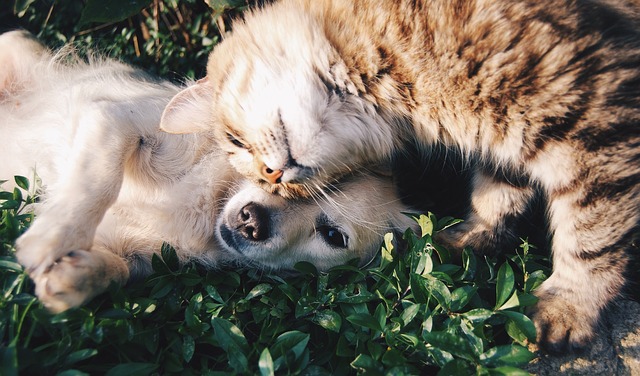Why Do Cats Vibrate Their Tails?
It is both puzzling and fascinating when a
A
Cats rely heavily on body language, and their tails serve as a vital tool for expression. Today’s article looks at the world of cats’ tails and attempts to decipher the movements and their significance depending on the situation.
A
Understanding Cat Communication
Cats are renowned for their mastery of non-verbal communication, and their tails play a pivotal role in conveying their thoughts, emotions, and intentions.
When your feline friend arches their back and vibrates their tail, they’re using this body part as a powerful tool to communicate with you and other cats.
Different Tail Positions and Their Meanings
A
- Upright and Puffed-Up Tail: When a
cat arches their back, and their tail stands upright and puffed up, they are expressing a strong sense of fear or aggression. This defensive posture is usually meant to make thecat appear larger and more intimidating to potential threats. - Low and Tucked Tail: A
cat tucking their tail between their legs typically signals submission or extreme fear. It’s their way of saying, “I’m not a threat; please don’t hurt me.” - Straight-Up Tail: An erect tail with a slight curve at the tip signifies a friendly and confident
cat . They’re feeling secure and content in their current situation. - Tail Wrapped Around Another
Cat or Object: When acat wraps their tail around anothercat or object, it’s a sign of affection and trust. They are establishing a connection and demonstrating their comfort with the presence of the other entity. - Tail Held Low and Straight Back: This position often indicates curiosity. Your
cat is interested in something and is cautiously investigating the situation. - Tail Quivering or Shaking: This is the behavior we’re focusing on in this article. Tail quivering or shaking can have various meanings depending on the context. It’s essential to consider the accompanying body language and situation to decipher its exact message.
Cat Shaking Tail But Not Spraying
One common misconception is that a
When a
Other cats vibrate their tails when they’re happy, such as when you are petting them. Understanding these cues allows you to create a stronger bond with your feline friend and ensure they are happy, healthy, and at ease for as long as possible.
You might also like: Try These Awesome Cat Perches for Fun Even When You’re Not Home
Various Types of Tail Vibrations
Purring and Tail Vibrations
If your
Aggressive Tail Vibrations
Vibrations aren’t the only things that we can notice in a
Tail Quivering During Play
Cats often shake their tails while engaging in playful activities. This behavior is usually accompanied by other playful actions like pouncing, chasing, or batting at objects. When your
Read more: Large Cat Enclosures for Outdoors and Indoors
Health and Emotional Factors
A
Context matters, and understanding the specific circumstances and accompanying body language is crucial for accurate interpretation.
Common Reasons Why Cats Vibrate or Shake Their Tail
Understanding the motivations behind your
Anxiety
Anxiety is a prevalent emotional state in cats and can manifest in various ways, including tail vibrations. When a
To help alleviate your
- Feliway: This synthetic feline facial pheromone spray or diffuser helps create a reassuring environment for your
cat , reducing stress and anxiety. - ThunderEase: ThunderEase products use pheromone technology to create a calming atmosphere, particularly useful during thunderstorms or travel.
- Rescue Remedy for Pets: A natural remedy that can be added to your
cat ‘s water or food, it aims to reduce stress and anxiety.
| Product Image | Product Name / Primary Rating / Price | Primary Button |
|---|---|---|
|
||
|
||
|
Using these products in conjunction with a comfortable and secure environment can significantly improve your
Annoyance
Cats are creatures of habit and can become easily irritated or annoyed when their routines are disrupted. If your
To address annoyance-related tail vibrations, identify the source of irritation and minimize it. For instance, if your
Excitement
Excitement is another common trigger for tail vibrations in cats. When they’re eager and enthusiastic about something, such as playtime or the anticipation of a tasty treat, their tail may quiver with excitement.
Recognizing excitement-related tail vibrations is generally positive, as it indicates your
How to Respond to Tail Vibrations
Tail movements convey a wealth of information about your
